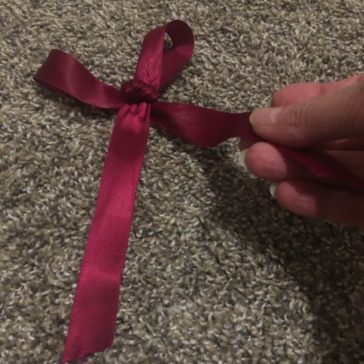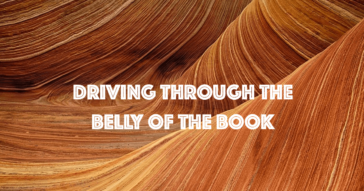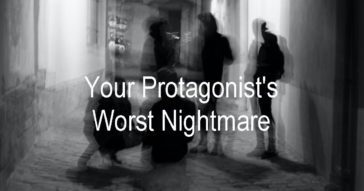Indexing Your Book
Oh, boy! You’ve finished your nonfiction book, and it’s been set in type, copy-edited, and proofed. You have the proof copy in your hand. Nice design, no typos, pages all in order, and everything. Now it needs an index. The publisher wants you to hire someone at your expense to index it. But you know your book and the subject matter better than anyone else. You can do this. You’ve seen some of those books that have been indexed by … Read More »






